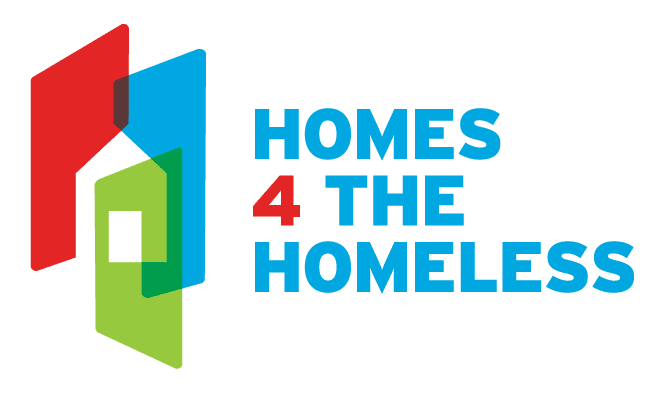New Research Shows How Housing Discrimination and Chronic Stress Are Putting Lives at Risk Before Birth
What if your baby’s life chances were shaped not just by your health, but by your zip code—and your landlord?
That’s the reality uncovered in new research from Dr. Shawnita Sealy-Jefferson, Professor of Epidemiology at The Ohio State University. Building on her previous work examining how structural racism drives eviction patterns in Black neighborhoods, her latest study reveals a startling connection:
Black women living in neighborhoods with high eviction rates during pregnancy are 68% more likely to give birth prematurely—a leading cause of infant death.
In some communities, eviction threats loom over more than a quarter of all rental homes, with landlords often filing multiple cases against the same tenants. This kind of chronic housing instability generates toxic stress—not just for the families being evicted, but for entire communities.
Evictions Are Always Traumatic, Resulting in Physical and Mental Health Consequences
Evictions, whether court-ordered or illegal, are often violent, always traumatic, and deeply harmful to physical and mental health.
“Black reproductive age women who experienced multiple types of eviction (court-ordered and illegal) and had those experiences at multiple stages of their lives (childhood and adulthood), had a higher risk of worse physical health overall, and worse physical health compared to other people their age,” Dr. Sealy-Jefferson told Invisible People in an exclusive interview. “Black women who experience eviction have worse self-rated mental health, worse self-rated emotional health, and worse self-rated sleep quality.”
Living in neighborhoods with persistently high eviction rates increases the risk of psychological distress and premature birth—not just for those directly evicted, but for their neighbors as well. The trauma of eviction radiates through entire communities, raising health risks across the board.
A History of Housing Discrimination Against Black Communities
Housing discrimination against Black communities isn’t new—it’s deeply entrenched in American history and still felt today. Sociological and epidemiological research shows that Black women, families, and entire neighborhoods are disproportionately targeted by landlords for repeated evictions and harassment.
These patterns don’t exist in a vacuum. Academic research confirms that structural racism harms health through exposure to substandard housing, environmental toxins, and barriers to care.
Dr. Sealy-Jefferson points to a long and painful legacy of racially discriminatory housing policies, from broken promises of land reparations and redlining to predatory lending and government-funded displacement, that laid the foundation for today’s segregated, inequitable communities. These systems have paved the way for exploitative landlords and widespread housing instability that continues to harm Black families.
In the American Journal of Epidemiology, Dr. Sealy-Jefferson provided commentary on an article where she expanded on the many examples of systematic rent exploitation, targeting minority households within racially and economically segregated metro and micropolitan areas.
“Evidence suggests that some landlords use eviction filings and the threat of eviction filings to dissuade tenants from advocating for their legal right to habitable housing, to coerce tenants into providing extralegal services or favors, and to retaliate against tenants who defy them,” she shared.
Eviction filings, even when tenants remain in place, can lead to significantly higher housing costs, often around 20% more per month due to court fees and late penalties.
Gentrification Within Black and Minority Communities
In another article published within the American Journal of Epidemiology, Dr. Sealy-Jefferson shared how biased home appraisals drive down property values in low-income neighborhoods, setting the stage for gentrification.
“In a vicious cycle, landlords can use various strategies to remove tenants from their units so that they can renovate and charge higher rent,” she explained. “As rent increases in gentrifying areas, tenants may be unable to afford their housing, leading to nonpayment of rent and evictions.”
“Mass evictions in neighborhoods lead to housing instability, displacement of communities, separation of social networks, and decreased access to resources,” she said.
Individual-level Interventions in Medical Care
Dr. Sealy-Jefferson suggests that we can equip medical professionals with the skills and tools needed to perform individual-level interventions. This includes connecting patients who are experiencing housing instability, or those who are living in neighborhoods that have high eviction rates, to needed social services, mental health care, and self-care resources.
While medical professionals can and should play a role, offering trauma-informed care and connecting patients to resources, Dr. Sealy-Jefferson warns that these efforts alone are not enough.
Individual-level solutions, like referrals or medical interventions, will always fall short without systemic policy change. To truly achieve housing justice and health equity, advocates and professionals must push for structural reform alongside direct support.
“Medical providers can use their own personal sources of power to advocate for policy changes and enforcement of tenant protections in the communities they serve,” Dr. Sealy-Jefferson said. “We need solutions that address the root cause of this eviction crisis, so that we can prevent evictions from happening in the first place, rather than reacting to the trauma after families are ravaged by this source of violence.”
Housing discrimination isn’t just about shelter—it’s about survival. Dr. Sealy-Jefferson’s research makes one thing clear: to protect the health of Black mothers and babies, we must treat housing justice as a matter of public health and act accordingly.
